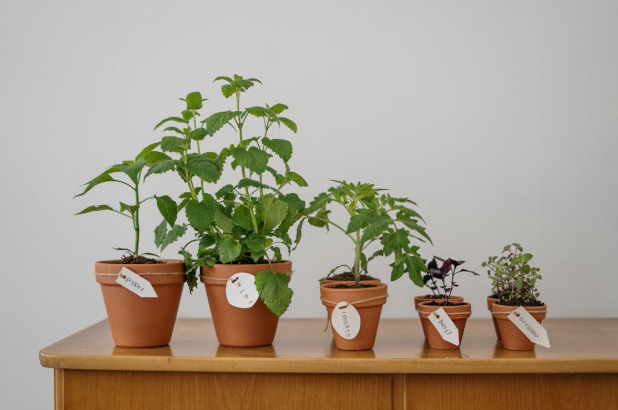There’s something deeply satisfying about watching things build over time. Whether it’s a fitness goal slowly being reached, a houseplant thriving day by day, or your favorite creator hitting subscriber milestones, humans are naturally drawn to growth. We love watching progress unfold. We cheer for it, track it, and even design our hobbies around it.
This fascination with progress isn’t random—it’s wired into us. Our brains love the sense of moving forward, of inching closer to a goal, of accumulating something. And this drive isn’t limited to work or life achievements. It shows up in the way we interact with entertainment, technology, and even digital games.
One perfect example of this mindset at play? Progressive slots. While the topic might seem like just a feature in a game, it actually reflects something much bigger: our love for potential. Let’s break down why progress captivates us—and how that desire to “keep going” shows up in everything from apps to everyday life.
The Progress Principle
Psychologists call it the “progress principle”—the idea that we feel happiest not when we’ve finished something, but while we’re making visible progress toward it. That’s why to-do lists are so popular. That’s why goal trackers work. Even if the task is simple, checking it off creates a micro-dose of satisfaction.
It’s also why we stick with long-term projects or challenges. From 30-day journaling prompts to Duolingo streaks, our minds crave the next step. And when something shows us that we’re building toward something—even in the background—we’re more likely to stay engaged.
This principle applies just as much to digital experiences as it does to real-life achievements.
Micro Goals, Mega Motivation
Progressive systems, whether in games or personal goals, work because they give us a series of micro-rewards. Each step builds anticipation. Each milestone feels like a mini win. And the bigger the prize at the end, the more motivation we have to keep going.
In game design, this principle is used to create mechanics that reward not just action, but continued action. Progressive slots are a perfect example. These slot machines pool together a portion of each player’s bet to build one massive jackpot. The more people play, the bigger the jackpot grows. The idea that something is increasing behind the scenes—getting closer to a potential windfall—makes each spin more exciting.
It’s not just about winning. It’s about being part of a growing moment.
Progress Is Personal
Even outside of games, progress systems are everywhere. Fitness apps track your steps. Language apps show you how many words you’ve mastered. Streaming platforms recommend shows based on how far you’ve gone. Social media celebrates milestones—your 100th post, your one-year “friendiversary,” your first reel hitting 1K views.
We live in a culture of visible progress. And we’re not just seeing it—we’re chasing it.
Why? Because progress is personal. It feels good to know we’re not standing still. Whether it’s seeing a savings account grow or unlocking a new level in an app, the visual feedback of “you’re getting somewhere” taps into a fundamental human need: growth.
Anticipation vs. Completion
Interestingly, we often enjoy anticipating something more than actually getting it. Think about birthdays, holidays, or the days leading up to a vacation. The build-up, the planning, the “what ifs”—they heighten emotion and create excitement.
That same psychology applies to progressive systems. Watching a number rise (even slowly) gives us a sense of optimism. It engages our imagination. What will happen next? How high can it go?
Progressive slots tap into that same anticipation. The jackpot’s growth creates a moving target, one that’s exciting just to watch. It doesn’t need to be instant. The appeal is in the journey.
Collective Progress Feels Even Better
One of the most powerful aspects of progressive-style mechanics is that they often involve a community. It’s not just you moving forward—it’s everyone. From fundraisers with growing donation thermometers to multiplayer game rewards that unlock based on team participation, we love the feeling of being part of something bigger.
When a system shows collective progress, it taps into two motivators at once: our personal drive to reach a goal, and our social desire to belong. That combination is why we rally around community challenges, vote-based features, and yes—even games that grow the more people play.
It turns passive interaction into a shared journey.
The Future of Progress-Based Design
As tech continues to shape our daily routines, progress-based features will only get more sophisticated. Gamified learning, productivity apps, habit trackers, financial tools—many of them already include badges, streaks, and “levels.” These aren’t just gimmicks. They work because they help us visualize our growth.
Even the most casual experiences now offer some sense of progression. And that’s not a bad thing. When done well, it keeps us engaged, focused, and inspired.
Whether it’s through something functional like a budgeting app or something playful like progressive slots, we’re always going to gravitate toward things that feel like they’re moving—and taking us with them.
Final Thought: The Journey Really Does Matter
So whether you’re training for a marathon, learning a new skill, or simply watching a digital jackpot rise on a screen, remember: the real magic isn’t just in the reward. It’s in the momentum.




